1. Behavioral Ecology: we choose tree frogs (Rhacophorus), moustache toads (Leptobrachium), toads (Bufo), and big-headed frogs (Limnonectes) as research objects to study the mating system and sexual selection and to reveal the evolutionary mechanism of breeding behaviors in amphibians. The methods and technologies of behavioral and ecological observation and molecular experiments are used in these studies (Luo et al., 2014, 2015, 2016; Zhao et al., 2016; Wang et al., 2017, 2018, 2019).
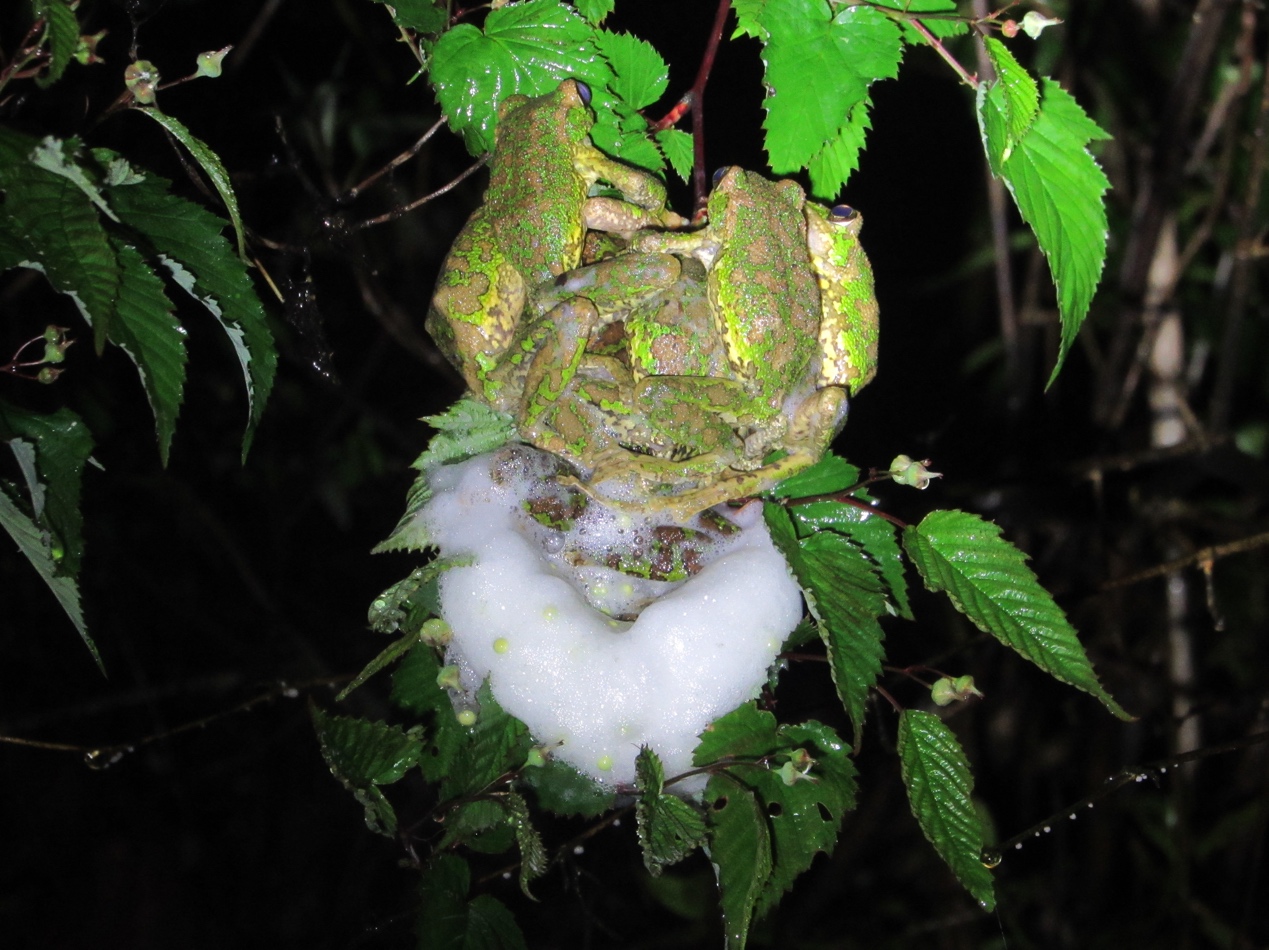
Figure 1 Multiple males-one female amplexus of Omei treefrog (Rhacophorus omeimontis)

Figure 2 Male parental care of Emei moustache toad (Leptobrachium boringii)
2. Evolutionary Developmental Biology: we use moustache toads (Leptobrachium), spiny frogs (Quasipaa), turbulent frogs (Amolops), stink frogs (Odorrana), toads (Bufo) and wood frogs (Rana) as research objects to study the molecular mechanisms of sexual dimorphism and sex determination in amphibians. Methods of developmental biology, molecular biology, omics and bioinformatics are integrated in these research. Now we are using the third-generation sequencing technology (PacBio) to obtain the genomic sequences of more than 20 species in the above-mentioned taxa. Combining with transcriptomic data and gene functional verification to identify the key developmental periods and regulatory genes of sexually dimorphic traits and sex determination in amphibians (Qi et al., 2015; Zhang et al., 2016, 2019; Li et al., 2019).
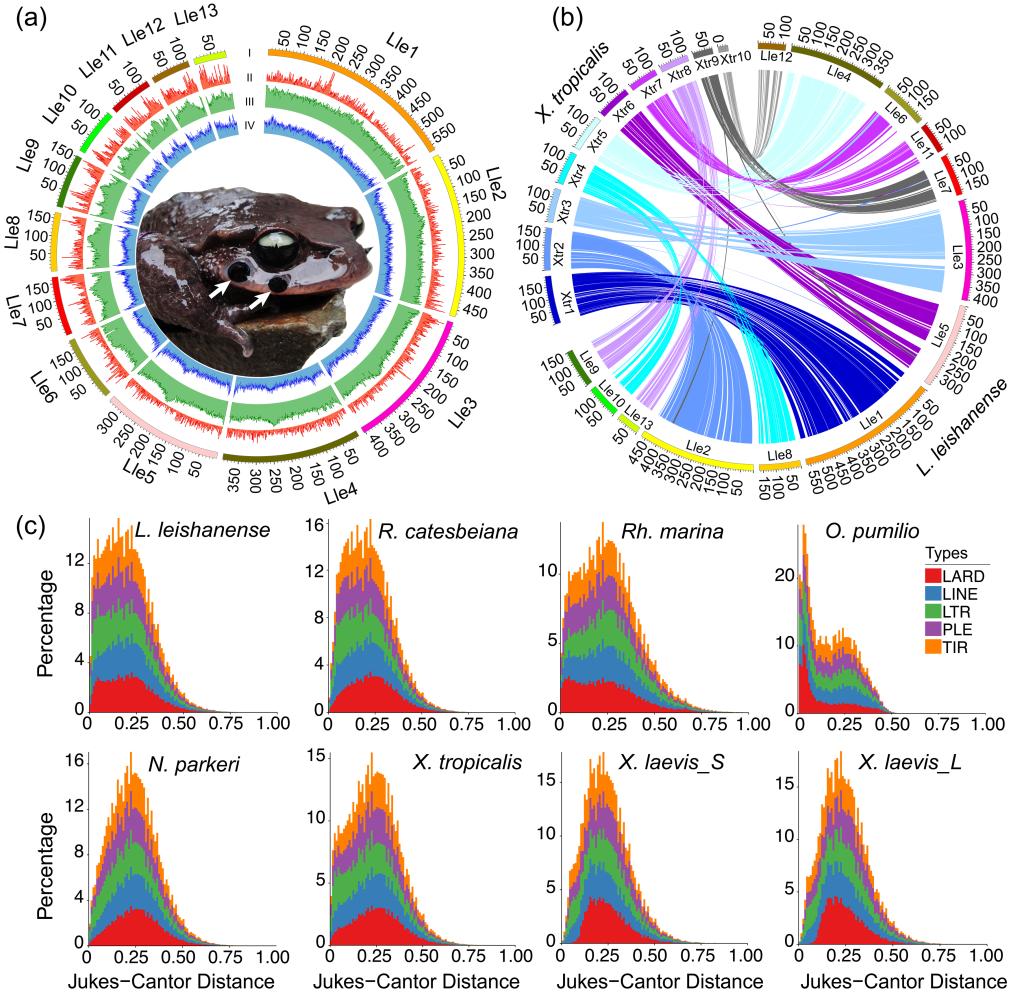
Figure 3 Genome landscape of Leptobrachium leishanense and comparison with other anurans
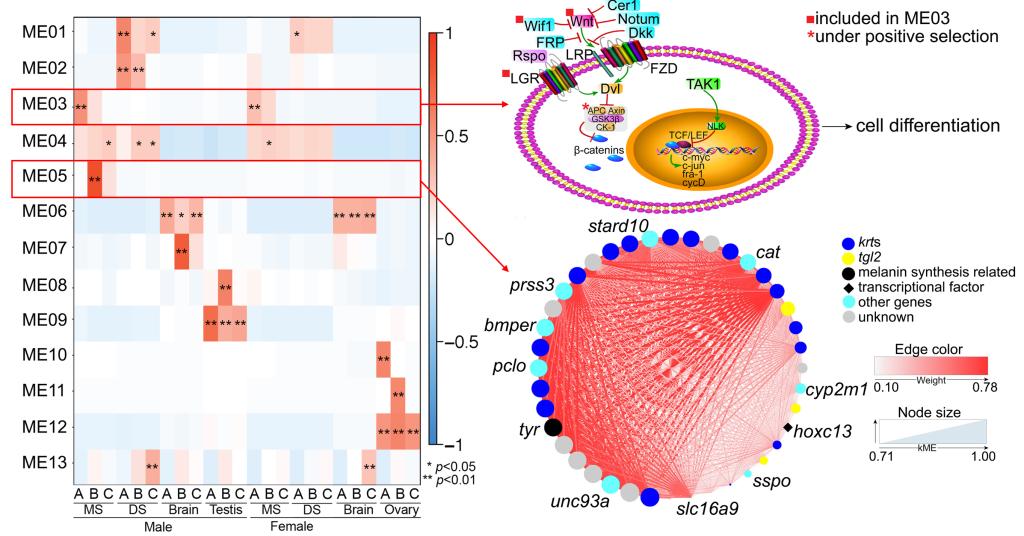
Figure 4 Gene co-expression modules and networks for development of nuptial spines in Leptobrachium leishanense from weighted gene correlation network analysis (WGCNA)
3. Evolutionary Genetics: we use the mitochondrial DNA sequences, microsatellite loci, MHC genes, genotyping by sequencing (GBS) to study the genetic diversity across populations and its driving and maintaining mechanisms in tree frogs (Rhacophorus and Hyla), moustache toads (Leptobrachium), and toads (Bufo). These research provides a scientific basis for the protection of biodiversity (Zhao et al., 2013; Zhang et al., 2015; Huang et al., 2016; Li et al., 2015, 2016, 2018).
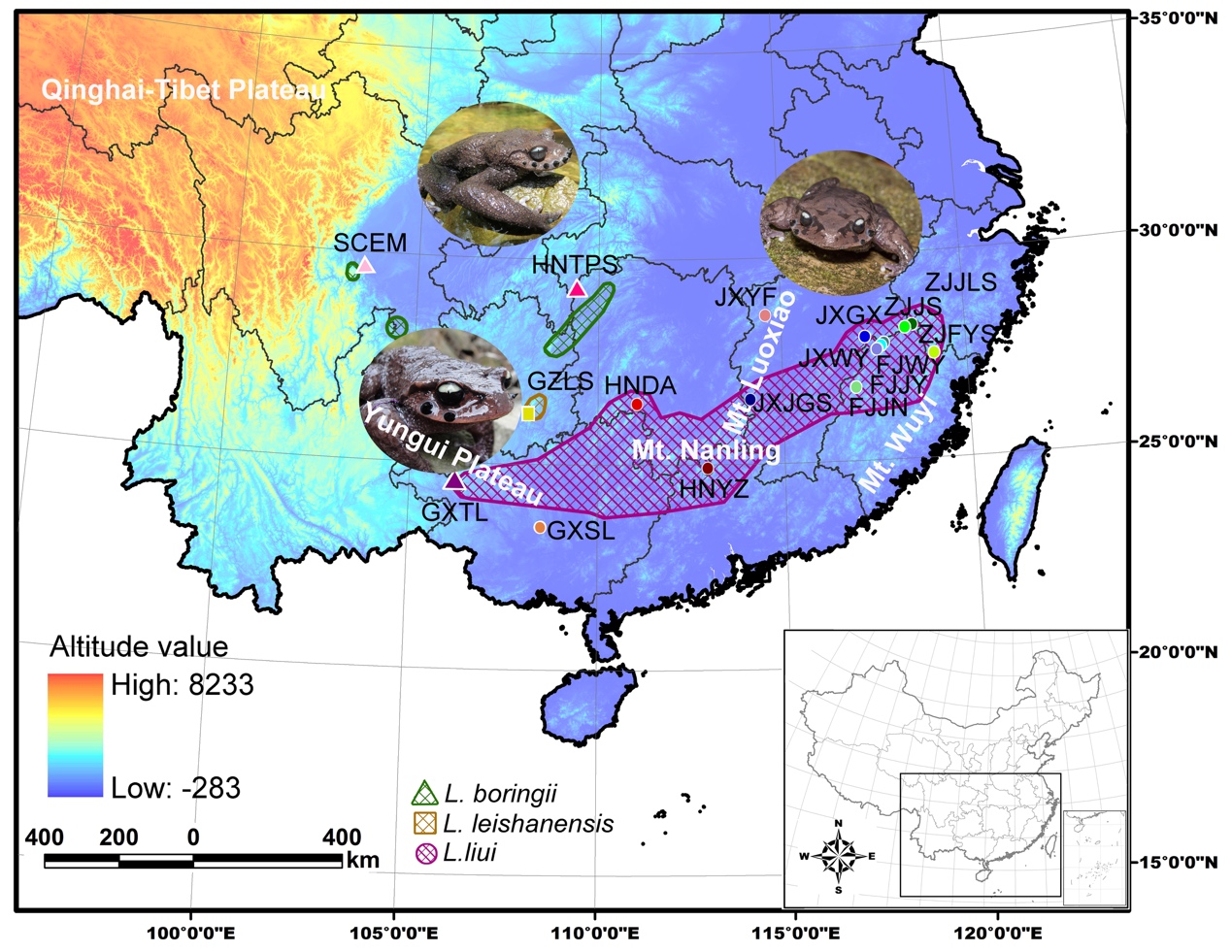
Figure 5 The geographical distribution of three Leptobrachium species
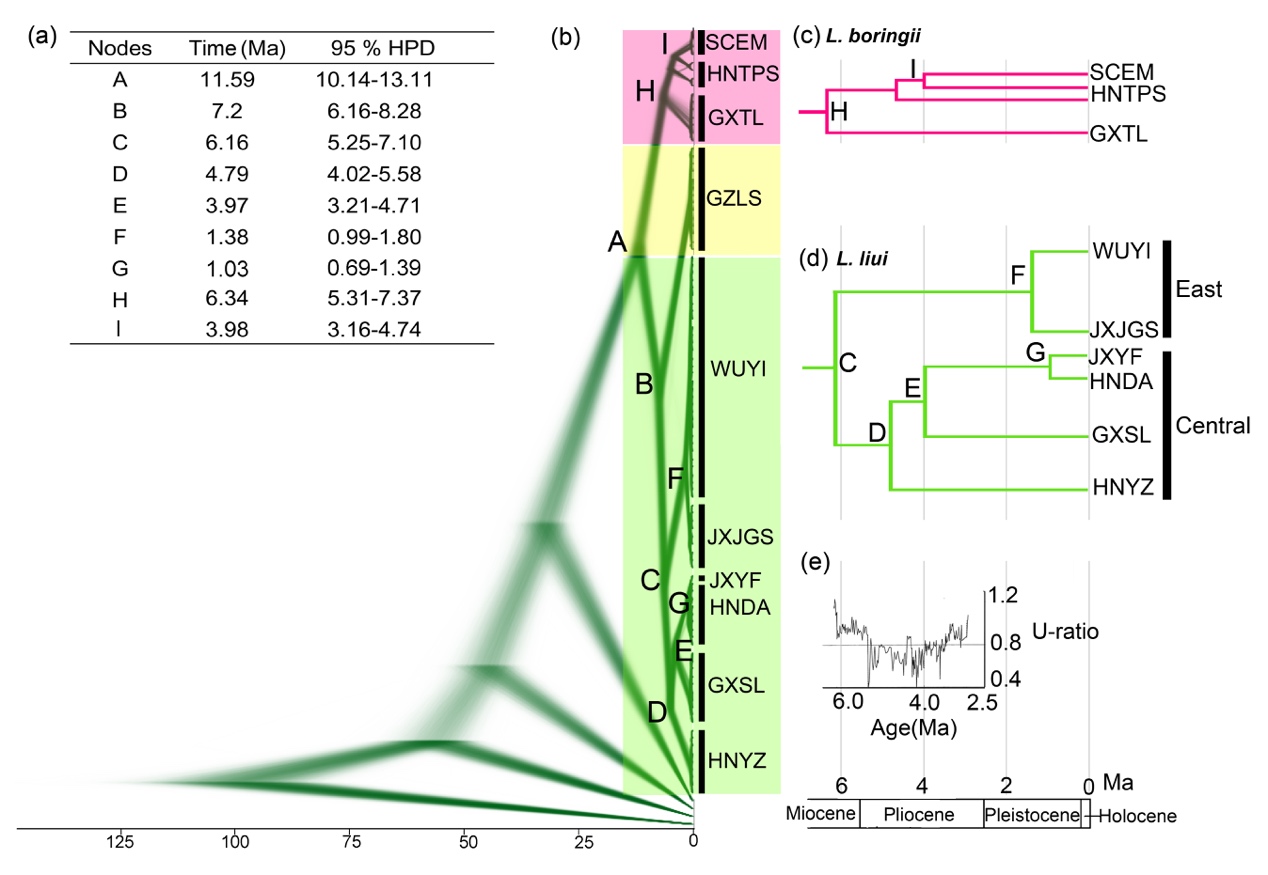
Figure 6 Divergence time estimations for three Leptobrachium species
4. Conservation Biology: we are also interested in the population status, genetic diversity and threaten factors of endangered animals by combining field surveys and molecular methods, which provides theoretical guidance for the protection and utilization of wildlife resources (Luo et al., 2015; Kazitsa et al., 2018).